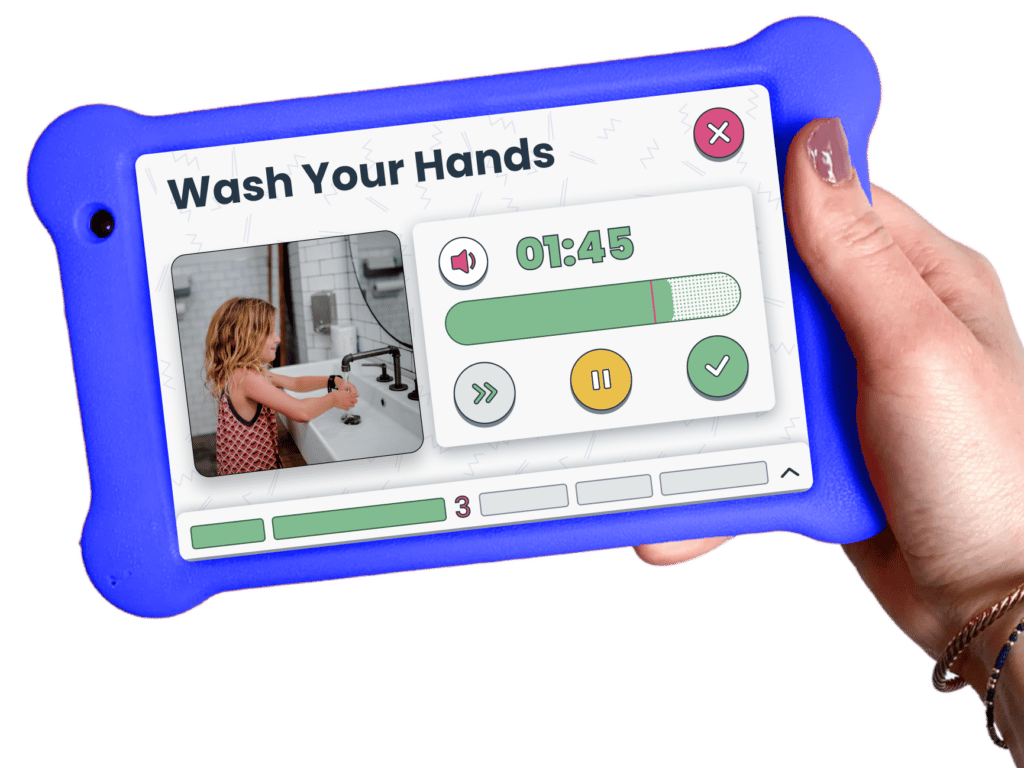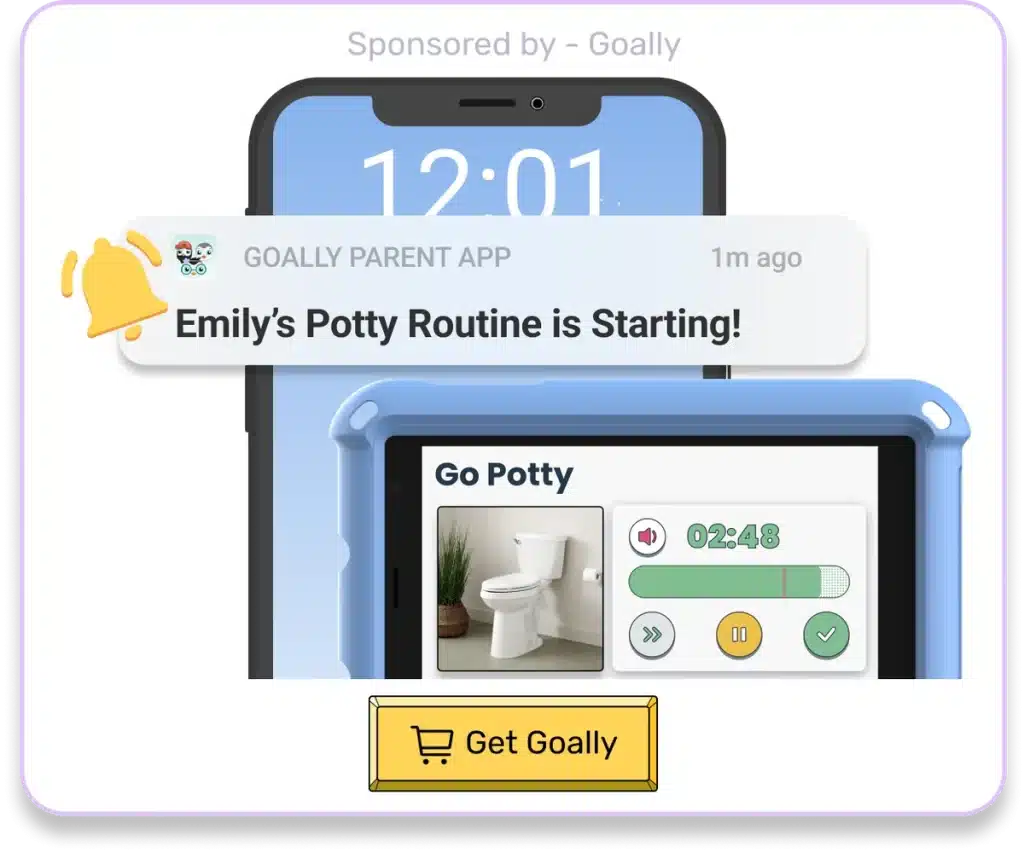As Easter approaches, many families look forward to enjoying the festivities that come with this holiday. However, for children with sensory sensitivities, Easter can be overwhelming due to the various sensory triggers such as loud noises, bright lights, and unfamiliar textures. That’s where a autism friendly Easter comes in. A sensory friendly Easter is an environment that takes into consideration the unique needs of children with sensory sensitivities. Below, we’ll discuss how to create a sensory-friendly Easter for children with sensory sensitivities. We will provide tips and strategies that parents can use to make Easter enjoyable for their children.
Table of Contents
Preparing Your Child
Children with sensory sensitivities may become anxious or overwhelmed when they encounter new experiences. That’s why it’s important to communicate with your child and prepare them for what to expect during Easter activities. Here are some tips for preparing your child:
- Explain the activities: Before the Easter activities, take some time to explain to your child what will happen. Explain the different activities, such as Easter egg hunting or crafting, and what they can expect from each activity.
- Use visuals: Visual aids like pictures or videos can help your child understand what to expect during Easter activities.
- Social stories: Social stories provide information about social situations. They can help children with sensory sensitivities understand what to expect during Easter activities.
Tips to Create an Autism Friendly Easter
Use Schedules
Creating a schedule for Easter activities can help children with sensory sensitivities feel more comfortable and prepared for what’s to come. Here’s how to create a schedule that works for your child:
- Plan ahead: Start planning your Easter activities well in advance so you have time to create a schedule that works for your child.
- Take breaks: Make sure to schedule breaks in between activities to allow your child to rest and recharge.
- Stick to the schedule: Once you’ve created the schedule, stick to it as much as possible. This will help your kiddo feel more comfortable and in control of the situation.
Use Goally To Create an Easter Schedule
Try creating a digital schedule of what your child should expect during Easter celebrations using Goally’s visual schedule app! You can create steps in the routine with custom visual and audio aids, so your kiddo knows what’s going to happen next with no unexpected surprises. And why stop there? You can structure your child’s daily routines as well, and even use the routines to teach them new skills!
Goally’s suite of apps helps kids learn skills to become independent and confident in their capabilities. Our apps teach executive functioning, communication, emotional regulation, and so much more through FUN gamified practices! Just about everything with Goally is customizable, so as your child learns new skills, you can make the apps more challenging to further spur their development!
Try Goally’s suite of therapy apps on any device starting at just $15 a month or on our dedicated device for $149! Or try it free on the App Store & Google Play Store!

Sensory-Friendly Tools
Sensory-friendly tools such as noise-canceling headphones or sunglasses can help children with sensory sensitivities cope with sensory triggers. Here’s how to use sensory-friendly tools:
- Noise-canceling headphones: Use noise-canceling headphones to block out loud noises during Easter activities.
- Sunglasses: Use sunglasses to reduce the impact of bright lights during Easter activities.
- Fidget toys: Fidget toys can help children with sensory sensitivities regulate their emotions during Easter activities.
Comfortable Clothes for a Sensory Friendly Easter
Wearing comfortable clothes can help children with sensory sensitivities feel more comfortable and relaxed during Easter activities. Here are some tips for choosing comfortable clothes:
- Avoid tight clothing: Tight clothing can feel constricting and uncomfortable for children with sensory sensitivities.
- Choose soft fabrics: Soft fabrics such as cotton can be more comfortable for children with sensory sensitivities.
- Dress in layers: Dressing in layers can help your child regulate their body temperature during Easter activities.
Small Guest List
Limiting the number of guests can help children with sensory sensitivities feel more comfortable and less overwhelmed during Easter activities. Here are tips for choosing the best guests to create a sensory friendly Easter:
- Choose close family and friends: Inviting close family and friends can help your child feel more comfortable during Easter activities.
- Avoid large groups: Large groups can be overwhelming for children with sensory sensitivities.
- Communicate with guests: Communicate with guests beforehand to let them know about your child’s needs and sensitivities.
Avoiding Loud Sounds and Bright Lights
When planning Easter activities, it’s important to avoid loud sounds and bright lights that may be overwhelming for children with sensory sensitivities. Here are some tips for avoiding sensory triggers:
- Turn down the music: If you’re hosting an Easter party, consider lowering the volume of the music or playing softer, more soothing tunes.
- Use dimmer lights: Bright lights can be overwhelming for children with sensory sensitivities. Consider using dimmer lights or turning off some lights altogether.
- Use natural lighting: Natural lighting can be more soothing and less overwhelming than artificial lighting.
The benefits of avoiding sensory triggers are numerous. Children with sensory sensitivities can feel more relaxed and comfortable in their surroundings. This can lead to a more positive experience for them and a more enjoyable Easter for the whole family.

Read more: How to Host a Neurodiverse Child at a Party
Creating Quiet Zones for an Autism Friendly Easter
Creating a quiet zone can be an effective way to help children with sensory sensitivities cope with the sensory overload of Easter activities. Here are some tips for creating a quiet zone for a sensory friendly Easter:
- Choose a quiet space: Choose a quiet room or area where your child can retreat if they become overwhelmed.
- Provide soothing materials: Provide materials that can help your child relax, such as soft blankets or stuffed animals.
- Communicate with others: Let guests know about the quiet zone and ask them to respect your child’s need for a calm, quiet space.
We cannot emphasize enough the importance of a quiet zone for sensory-sensitive children. It provides a safe space where children can go to calm down and regroup, helping them to better cope with the sensory input of Easter activities.
Providing Snacks and Frequent Breaks
Providing snacks and frequent breaks can help children with sensory sensitivities regulate their emotions and energy levels during Easter activities. Here are some examples of snacks and drinks to provide:
- Water: Staying hydrated is important for everyone, but especially for children with sensory sensitivities who may become overwhelmed more easily.
- Healthy snacks: Provide healthy snacks such as fruits and vegetables, which can help regulate blood sugar levels and prevent meltdowns.
- Comfort foods: Comfort foods such as crackers or cheese sticks can be soothing and provide a sense of security.
Frequent breaks are also important to help children with sensory sensitivities recharge and prevent sensory overload. It’s important to schedule breaks into the day’s activities and communicate the importance of taking breaks to your child.
Goally | Routines that Actually Work
Goally’s skill building tablet for kids has routines that break down large tasks into small, achievable steps. It helps kids complete their tasks independently!

Create custom routines with your own videos & pictures for every step. The steps come in small, bite-sized pieces to help your child learn the little fundamentals (like putting the toothpaste on their toothbrush!) to achieve bigger goals. And that’s just the beginning. See it in action:
In conclusion, creating an autism friendly Easter for children with sensory sensitivities is an important way to ensure that everyone can enjoy the holiday festivities. By communicating with your child, creating a schedule, using autism friendly tools, providing comfortable clothes, limiting the guest list, avoiding sensory triggers, creating quiet zones, and providing snacks and frequent breaks, you can make Easter a positive and enjoyable experience for your child.
This post was originally published on 03/24/2023. It was updated on 09/21/2023.

Goally
We help parents teach their kids life skills, like doing bedtime and morning independently. Backed by science, we incorporate evidence-based practices and expert-informed designs in all of our apps and content.





